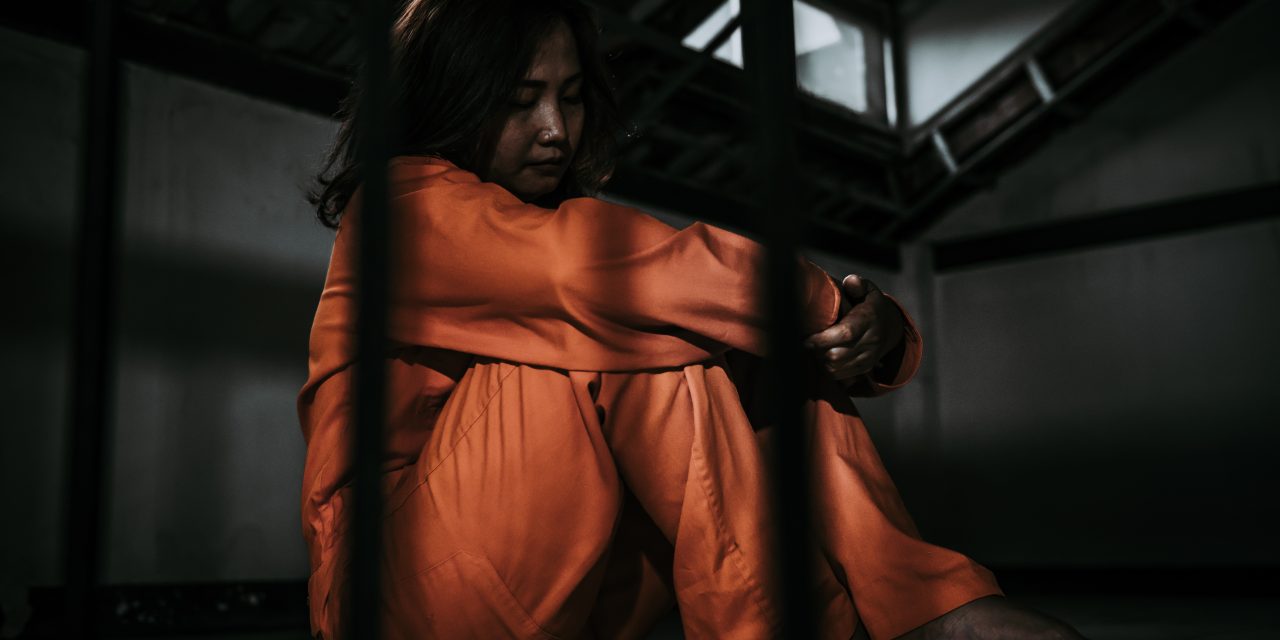Immigration and Customs Enforcement (ICE) officials regularly place detained immigrants into prolonged solitary confinement, despite findings that such confinement is a form of torture.
A new report from the International Consortium for Investigative Journalism reveals that over a four year period, individuals held in ICE custody were placed into solitary confinement over 8,400 times. Individuals were held in solitary confinement for minor infractions or going on hunger strike. Even more troubling, many mentally ill individuals were placed in extended solitary confinement, which may have led to several suicides.
Psychologists have reported that solitary confinement can exacerbate mental conditions, cause long-term trauma, and make reintegration into society significantly more difficult. The United Nations’ Special Rapporteur on Torture has called for solitary confinement longer than 15 days to be banned except for “very exceptional circumstances.”
Solitary confinement is used across the immigration detention system for a variety of reasons. In some circumstances, individuals were held in solitary supposedly for their own protection, despite the isolating and damaging effects it can cause. One transgender woman was held in solitary confinement for lengthy periods of time because the ICE detention center she was placed in had no dedicated units for trans individuals. Situations like this make life even harder for LGBTQ+ individuals in ICE detention.
Data produced by ICIJ showed that solitary confinement was used extensively against individuals engaged in hunger strikes. Over a five-year period, solitary confinement was used 182 times against individuals who had gone on hunger strike. Hunger strikers often were protesting deplorable conditions inside ICE detention centers, including moldy food and inadequate medical care.
The report is not the first to indicate that solitary confinement is being used as punishment for opposing the harsh conditions inside detention. A complaint filed against the government for using coercion against separated parents described how one mother who had been separated from her child was placed in solitary confinement after she shouted to draw the attention of a visiting official surveying the facility.
Many others were placed into solitary confinement because they were a suicide risk, even though doing so can exacerbate mental health crises. In total, solitary confinement was used 382 times because the ICE detention center believed a person was a suicide risk.
One man, Juancarlo Jimenez, a 27-year-old Panamanian man held at the Stewart Detention Center, was placed into solitary confinement twice. After his first time in solitary confinement, he threw himself off a balcony. He was then placed into solitary confinement again. After 19 days, he hung himself in his cell.
ICIJ’s report reveals that solitary confinement is a fundamental part of the immigration detention system that must be reformed. No person should be locked into a cell with no human contact for a minor infraction or because ICE doesn’t have the resources to protect vulnerable individuals. As detention expands to record levels, Congress must ensure that the agency protects those in its custody.
FILED UNDER: featured, LGBT


